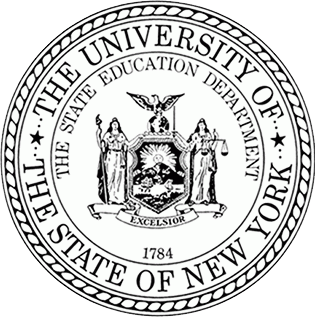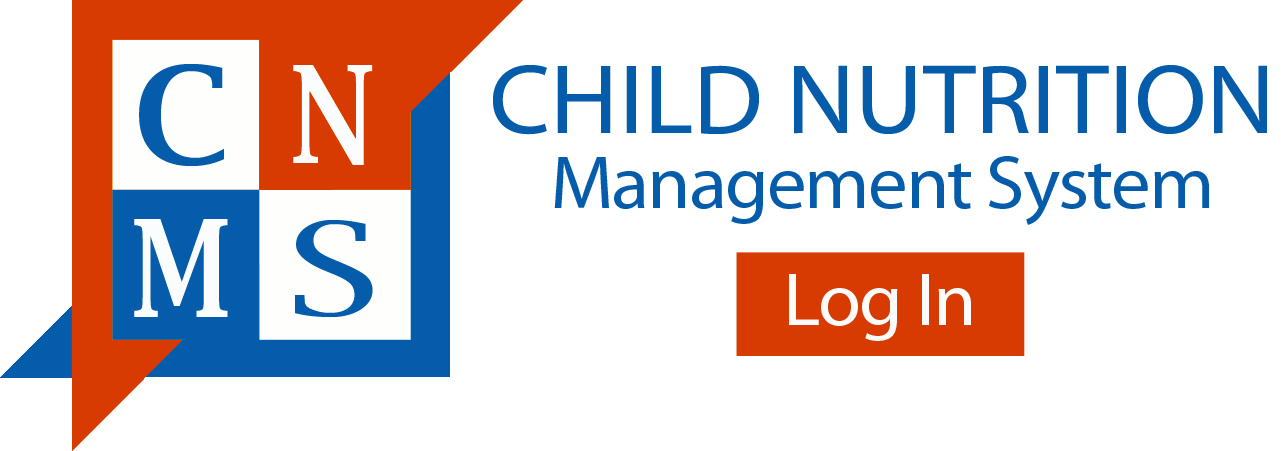 |
THE STATE EDUCATION DEPARTMENT / THE UNIVERSITY OF THE STATE OF NEW YORK / ALBANY, NY 12234 Office of P-20 Education Policy |
The New York State Education Department encourages School Food Authorities and Summer Food Service Program Sponsors currently operating the Seamless Summer Option of the National School Lunch Program or the Summer Food Service Program, to utilize available resources, such as the those listed below, to support children’s access to nutritious meals while minimizing potential exposure to the novel coronavirus (COVID–19).
COVID-19 Emergency School Nutrition Funding Grant
GENYOUth is providing grants of up to $3,000 per school to supply resources for meal distribution and delivery efforts. From soft-sided coolers, bags and containers for individual servings, to protective gear for food service sanitation and safety, this equipment will help ensure children continue to receive the nutritious meals they need. More information and the grant application can be found here.
Emergency Meals-To-You Program
The United States Department of Agriculture and Baylor University have collaborated to provide the Emergency Meals-To-You (eMTY) Program for Rural Schools. This program provides crucial nutrition to eligible children who may otherwise be unable to access federal nutrition programs while schools are closed due to COVID-19. For more information, visit Baylor University’s website. Questions and answers regarding the program are available here.
School District applications for emergency Meals-to-You will be accepted until 1 pm EST (12 noneCST) on Tuesday, May 26, 2020.
Voices for Healthy Kids COVID-19 Rapid Response Grant Opportunity
Voices for Healthy Kids, an initiative of the American Heart Association, Robert Wood Johnson Foundation, is providing the Voices for Healthy Kids COVID-19 Rapid Response Grant Opportunity, for awards up to $50,000 to support COVID-19 response and relief efforts. Preference for these grants will be given to community-based organizations with demonstrated experiences working to build power in communities most impacted by health inequities including Black/African American, Hispanic/Latino, American Indian and Alaskan Native, or children living in families with low-income.




